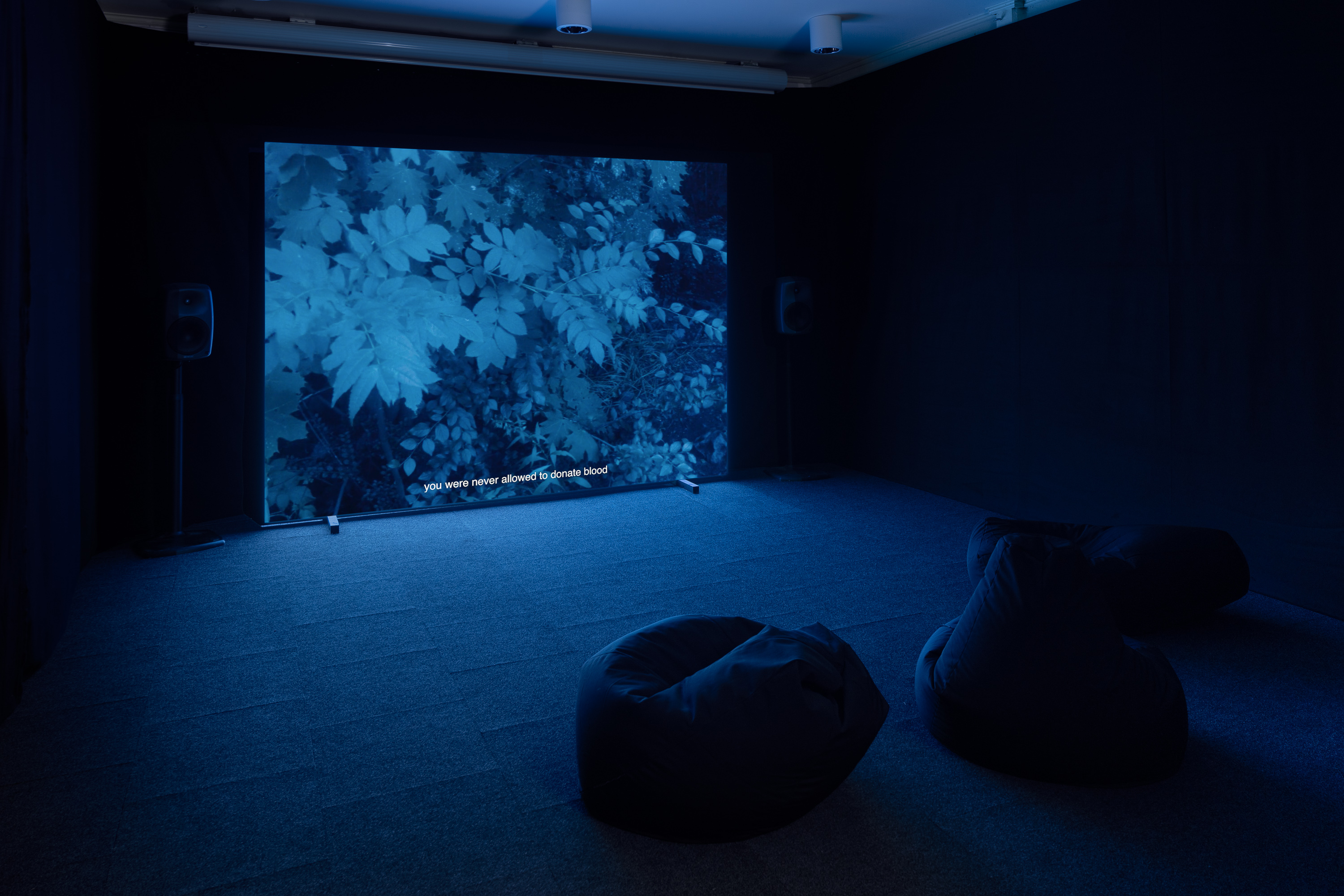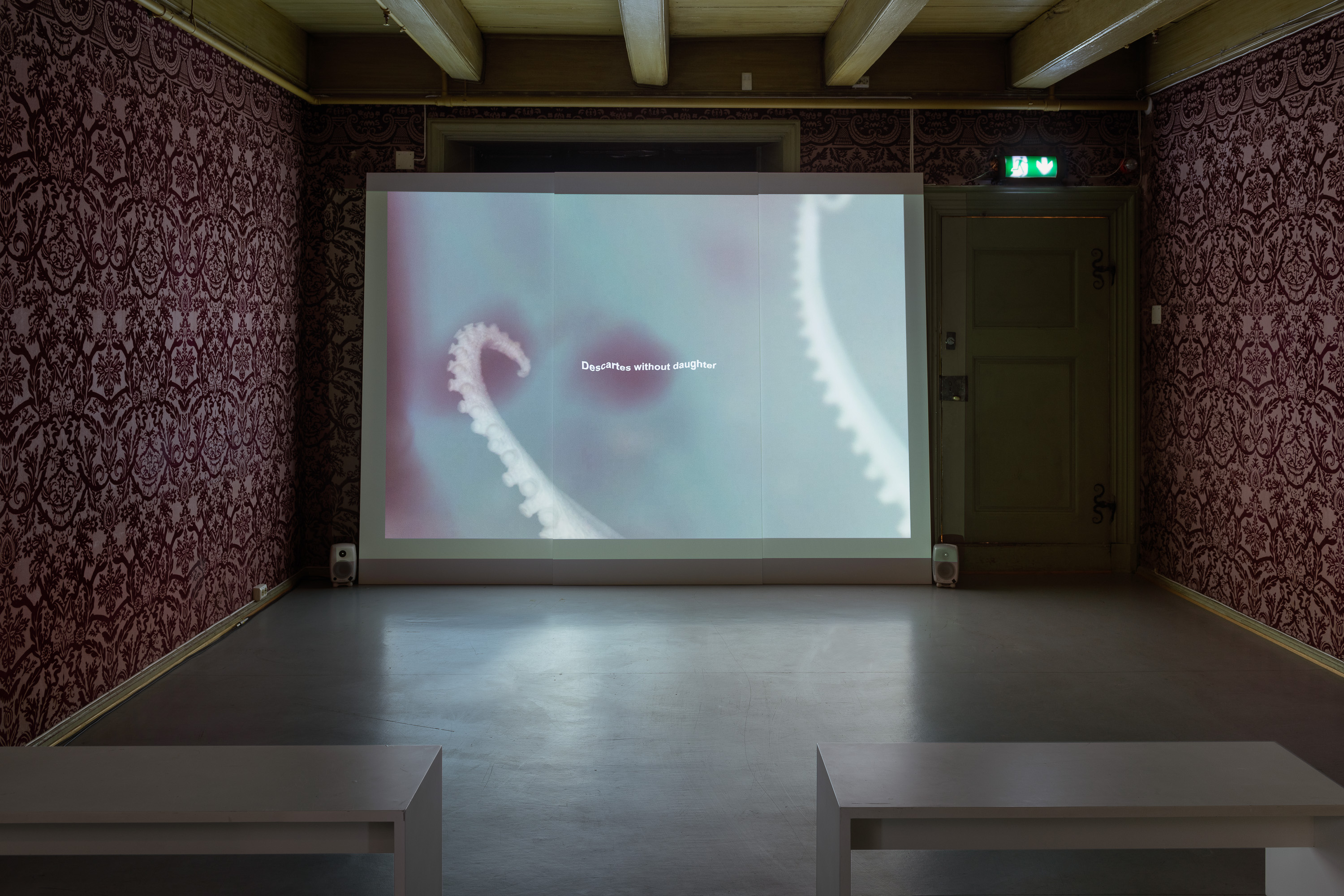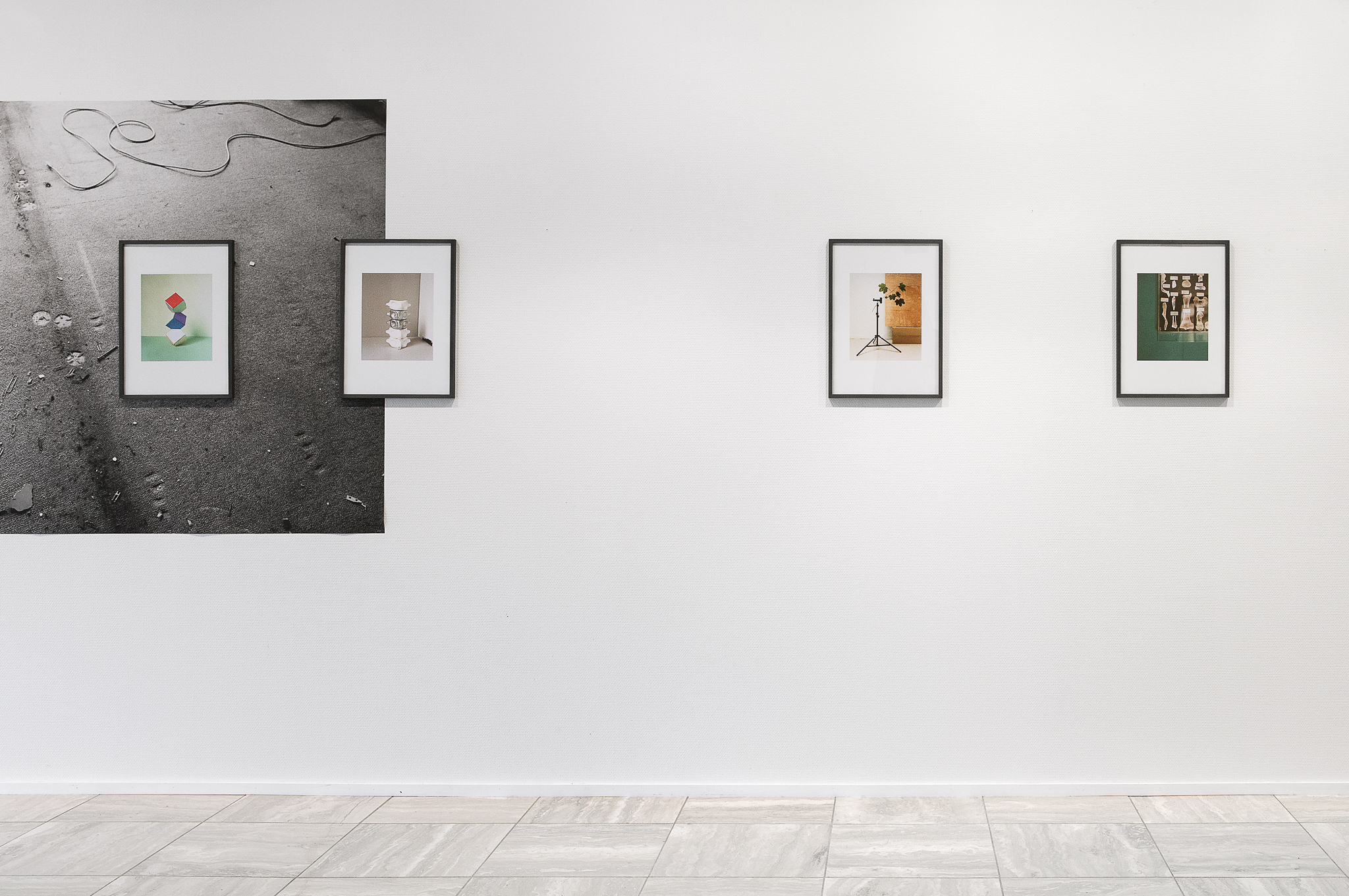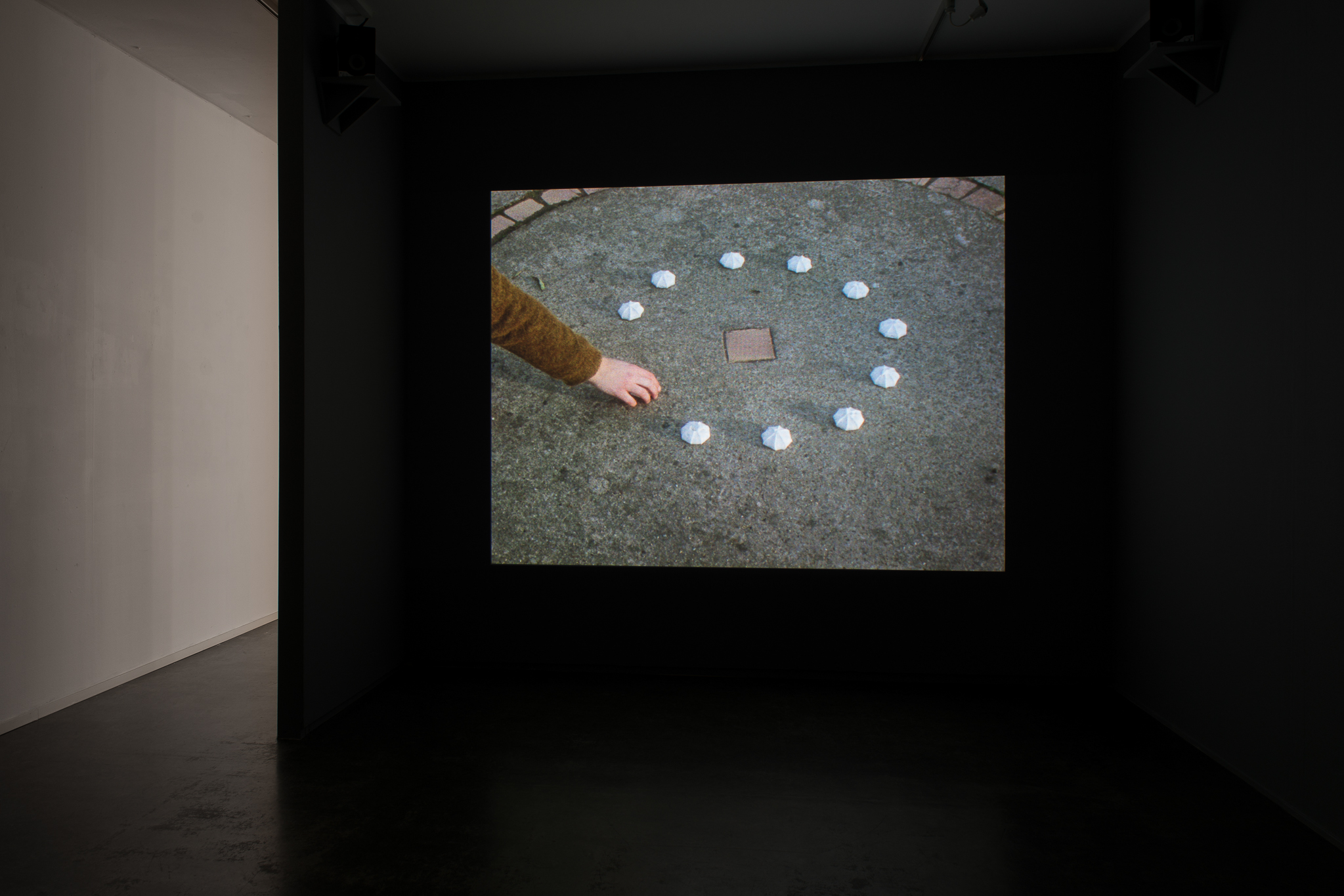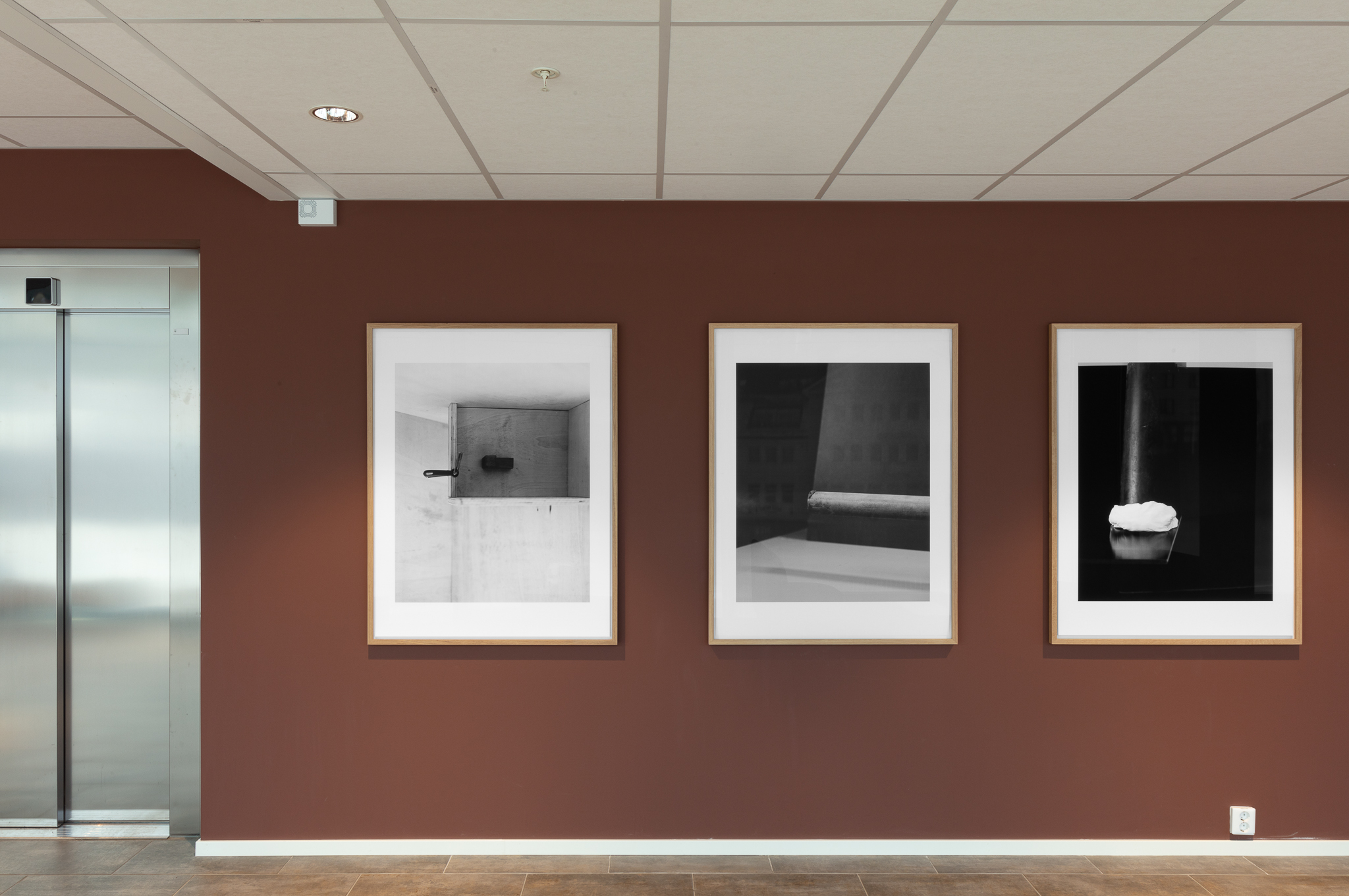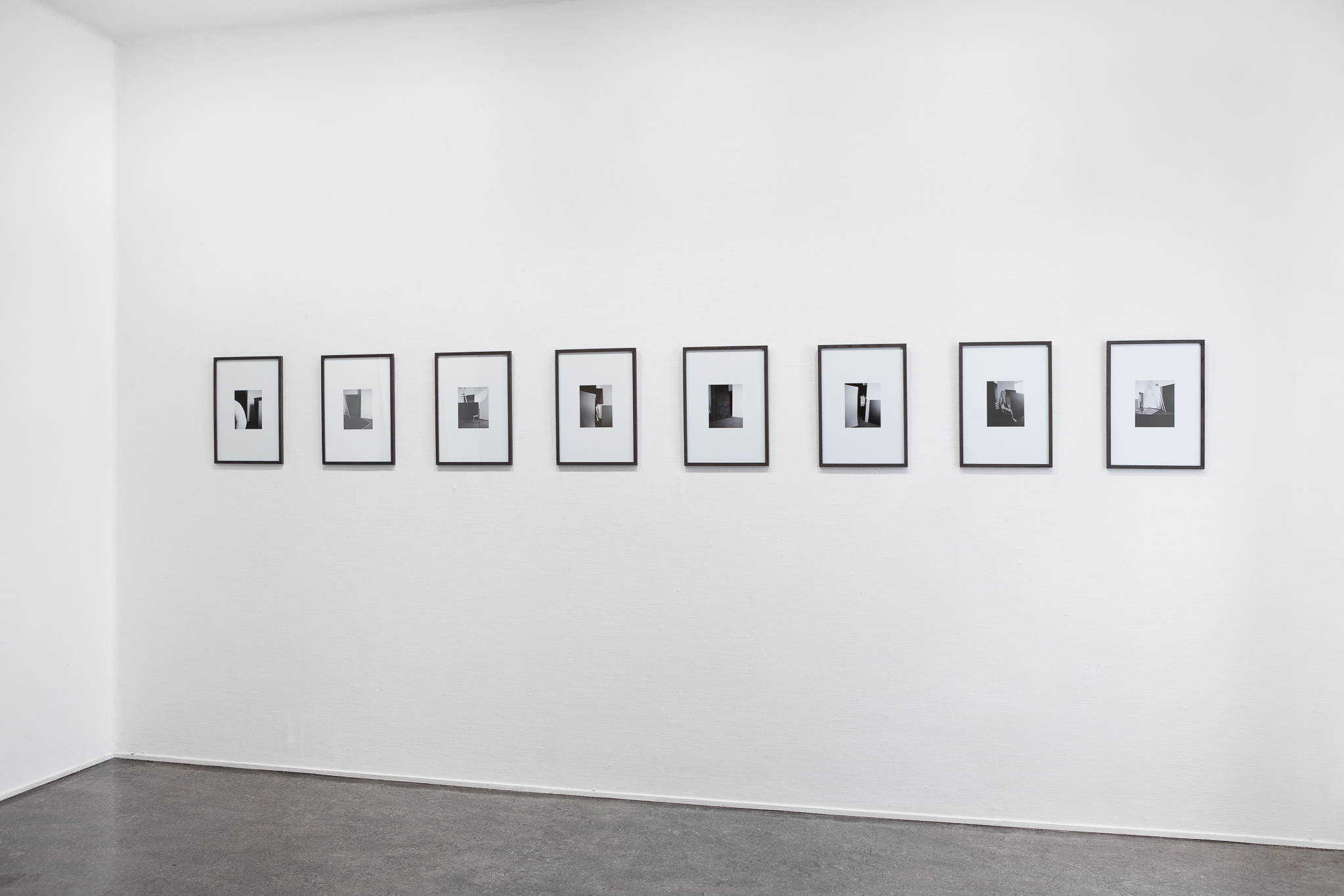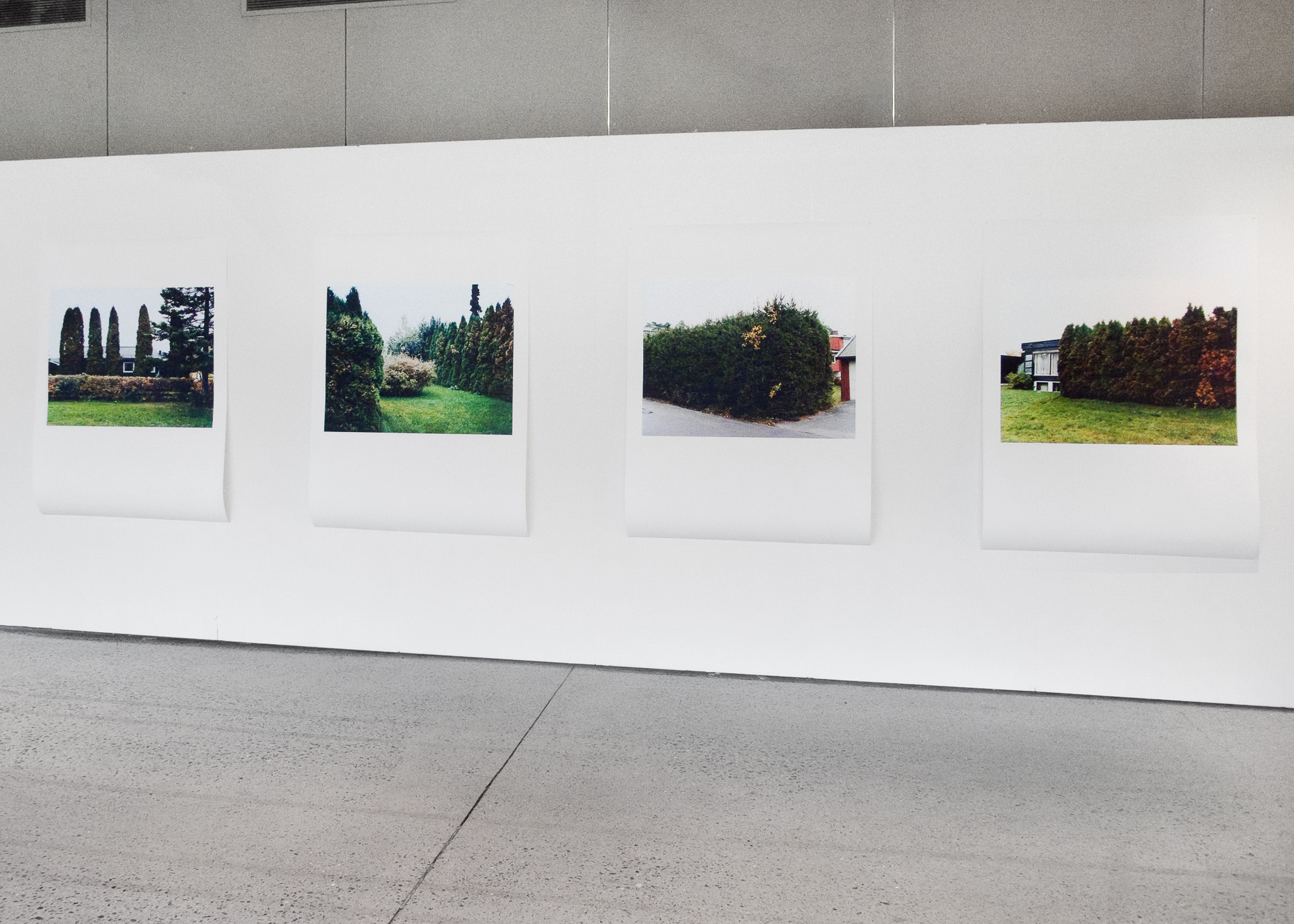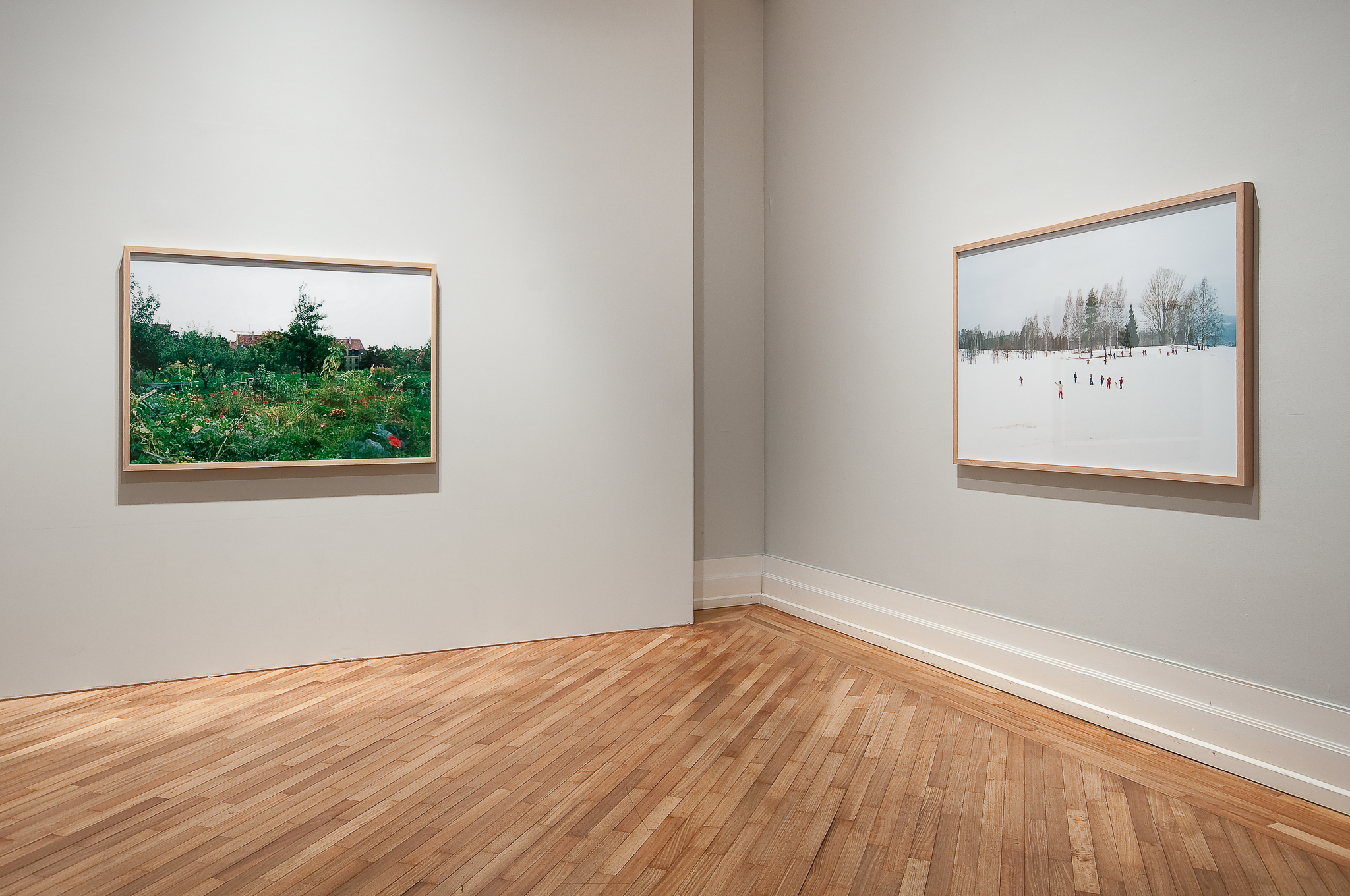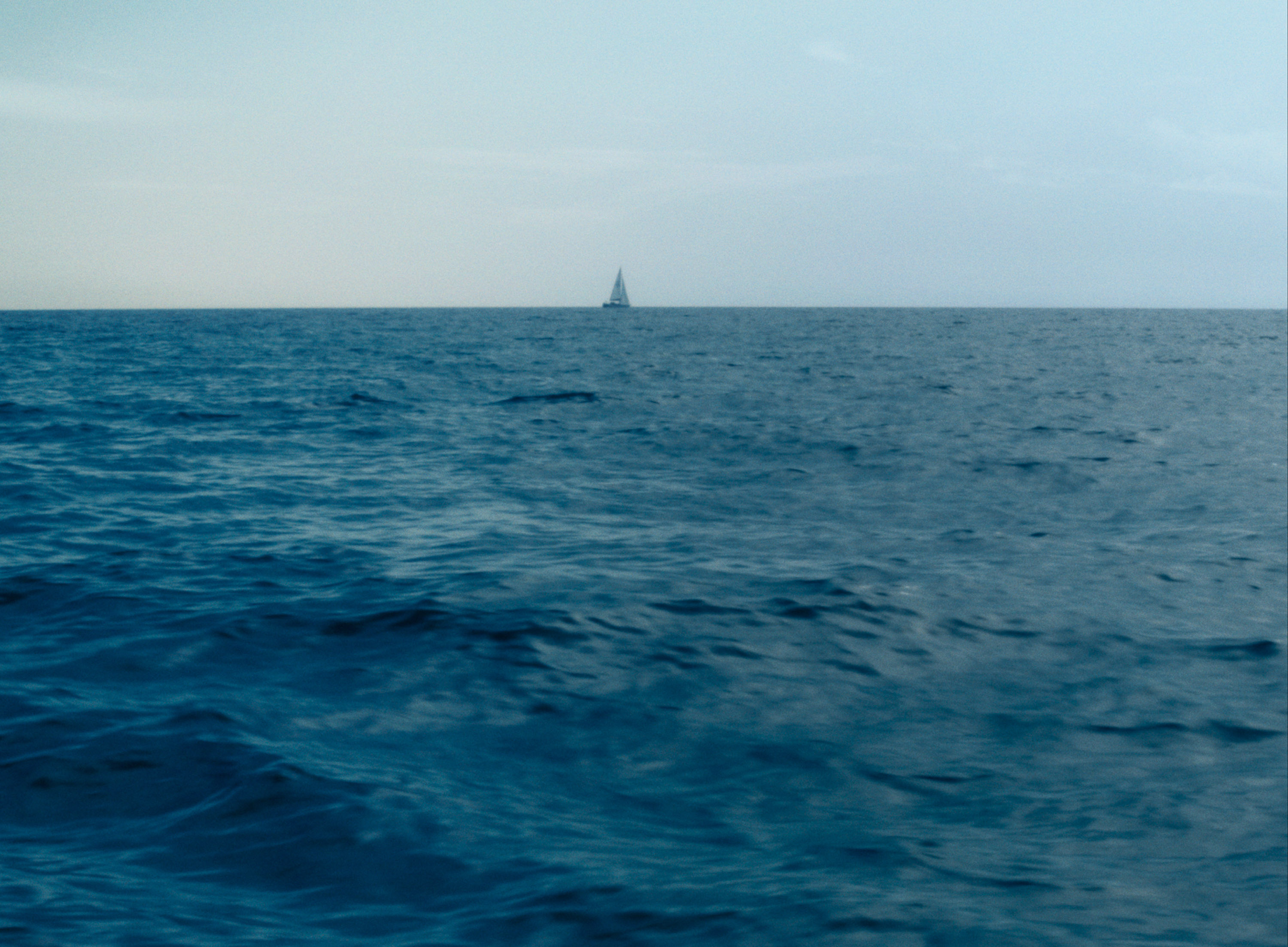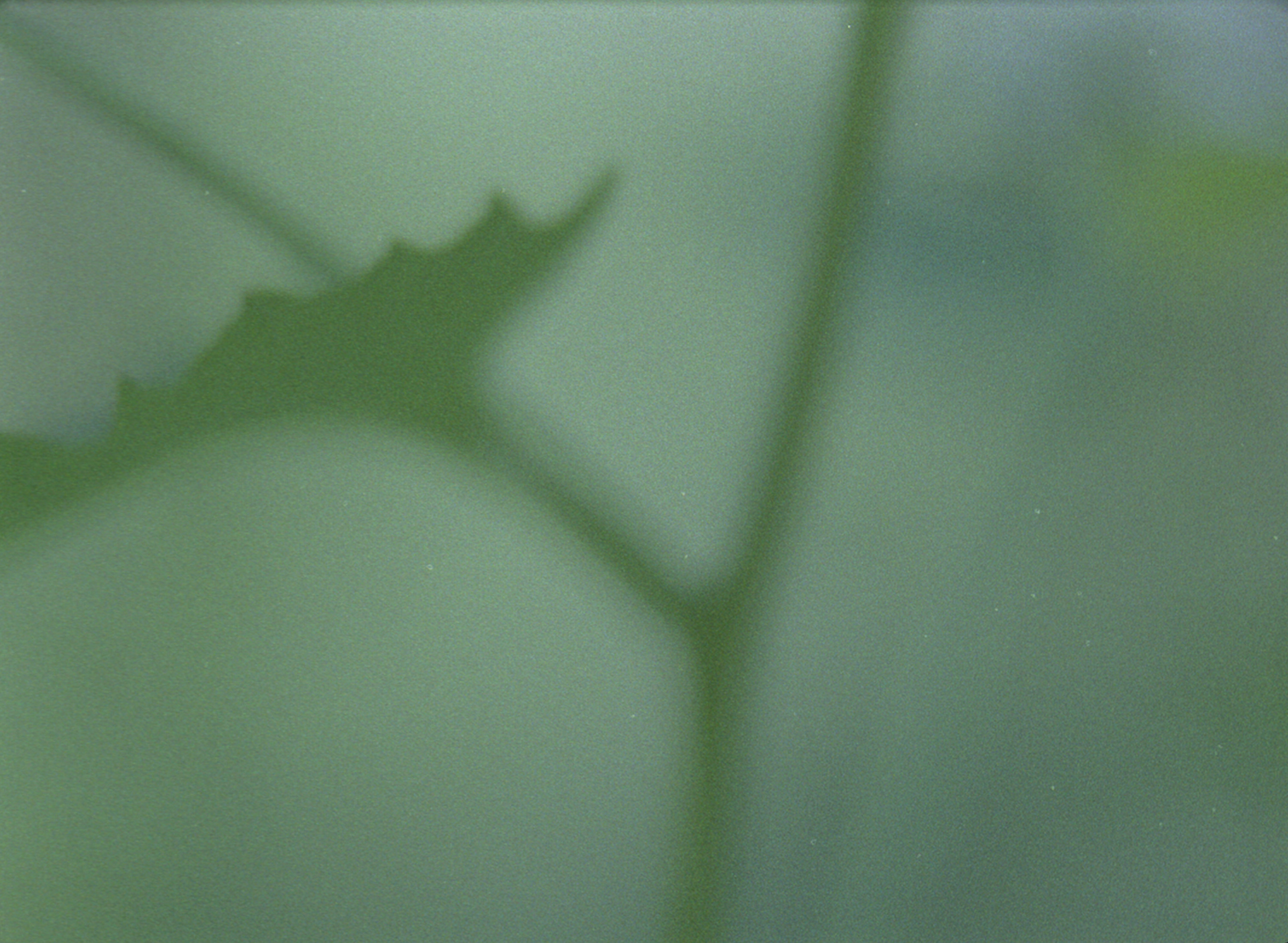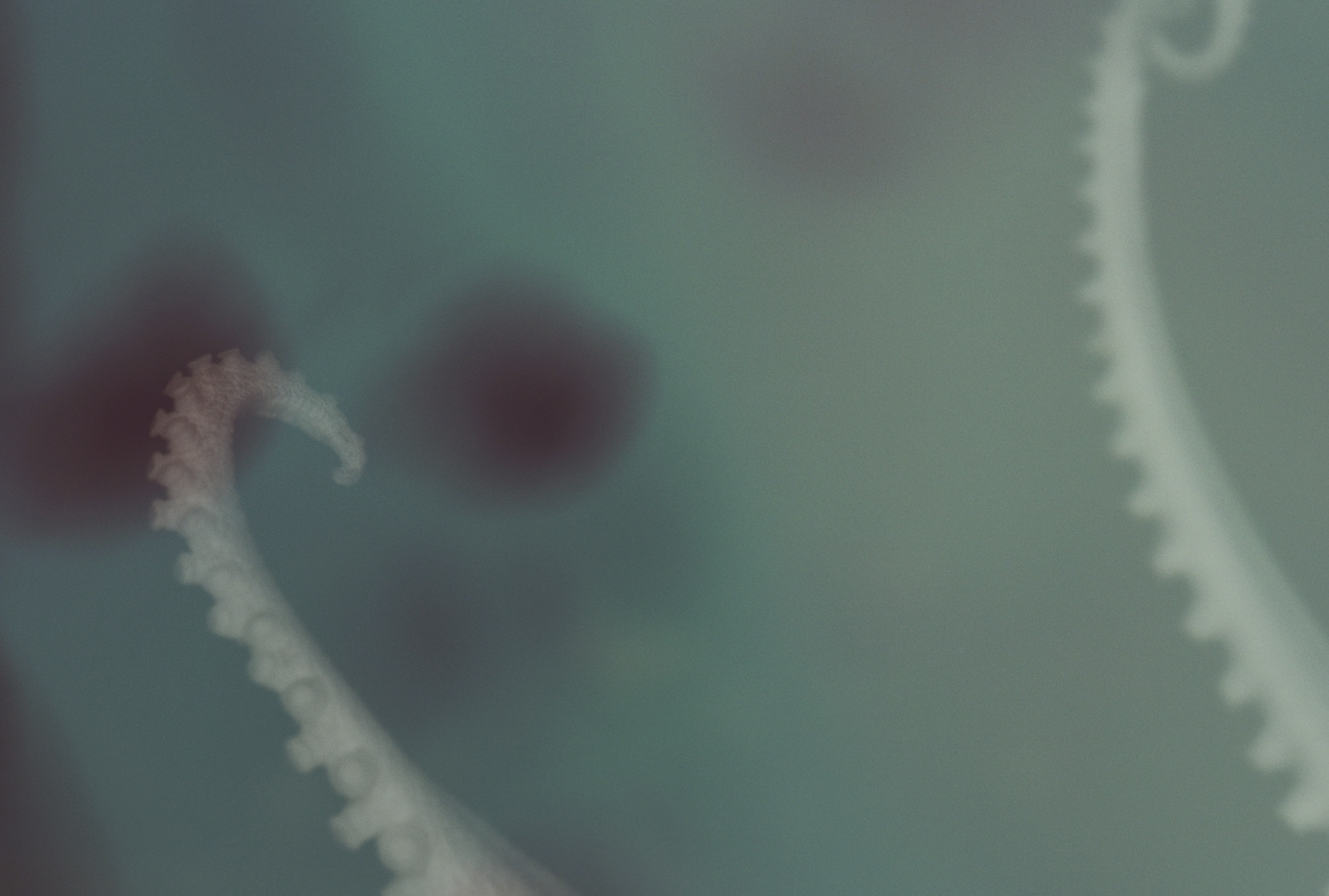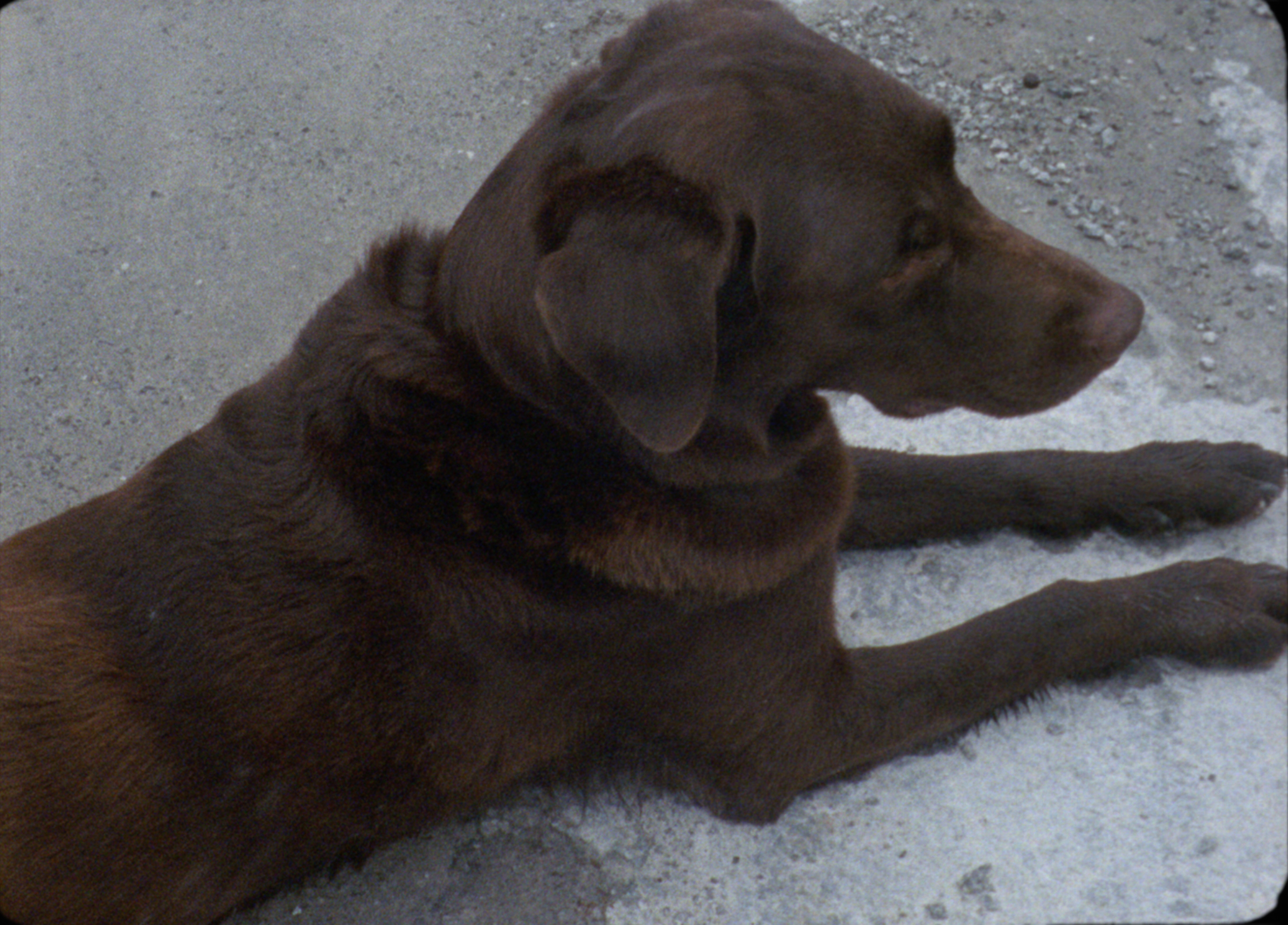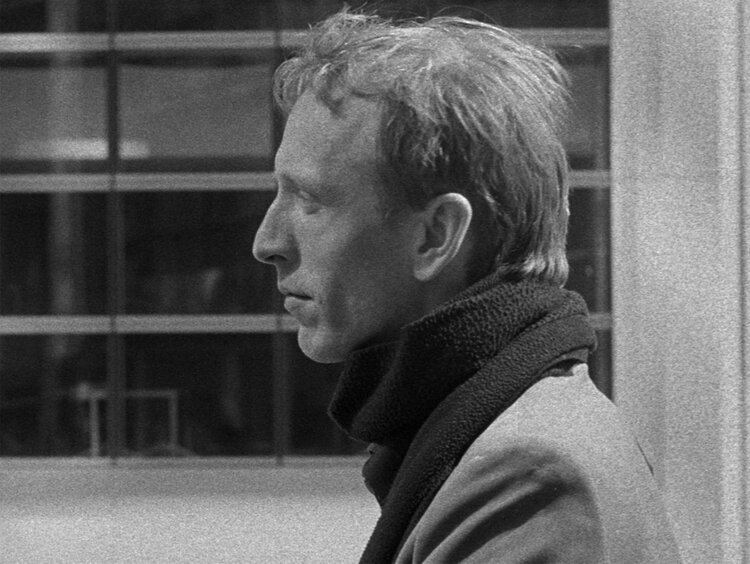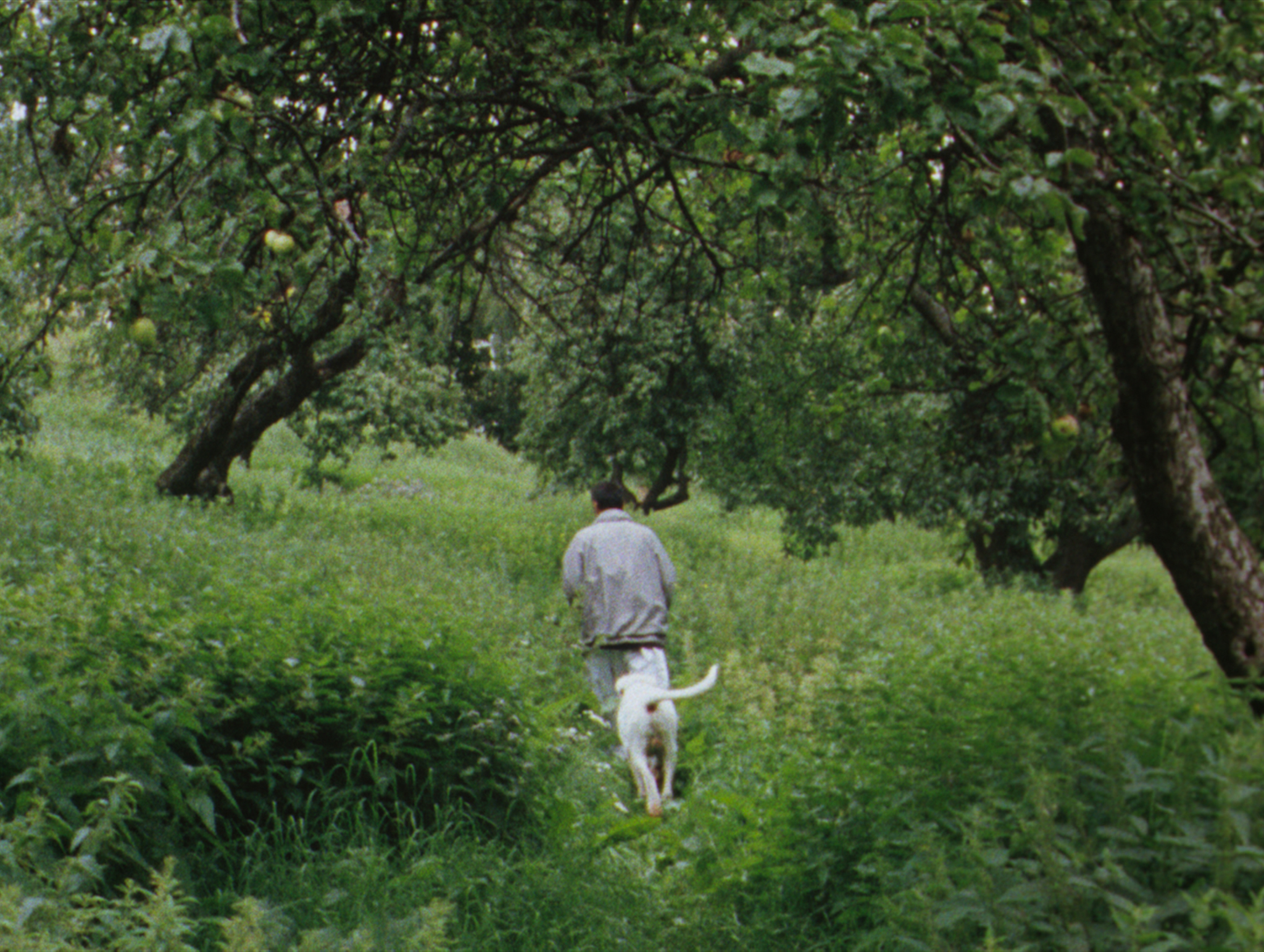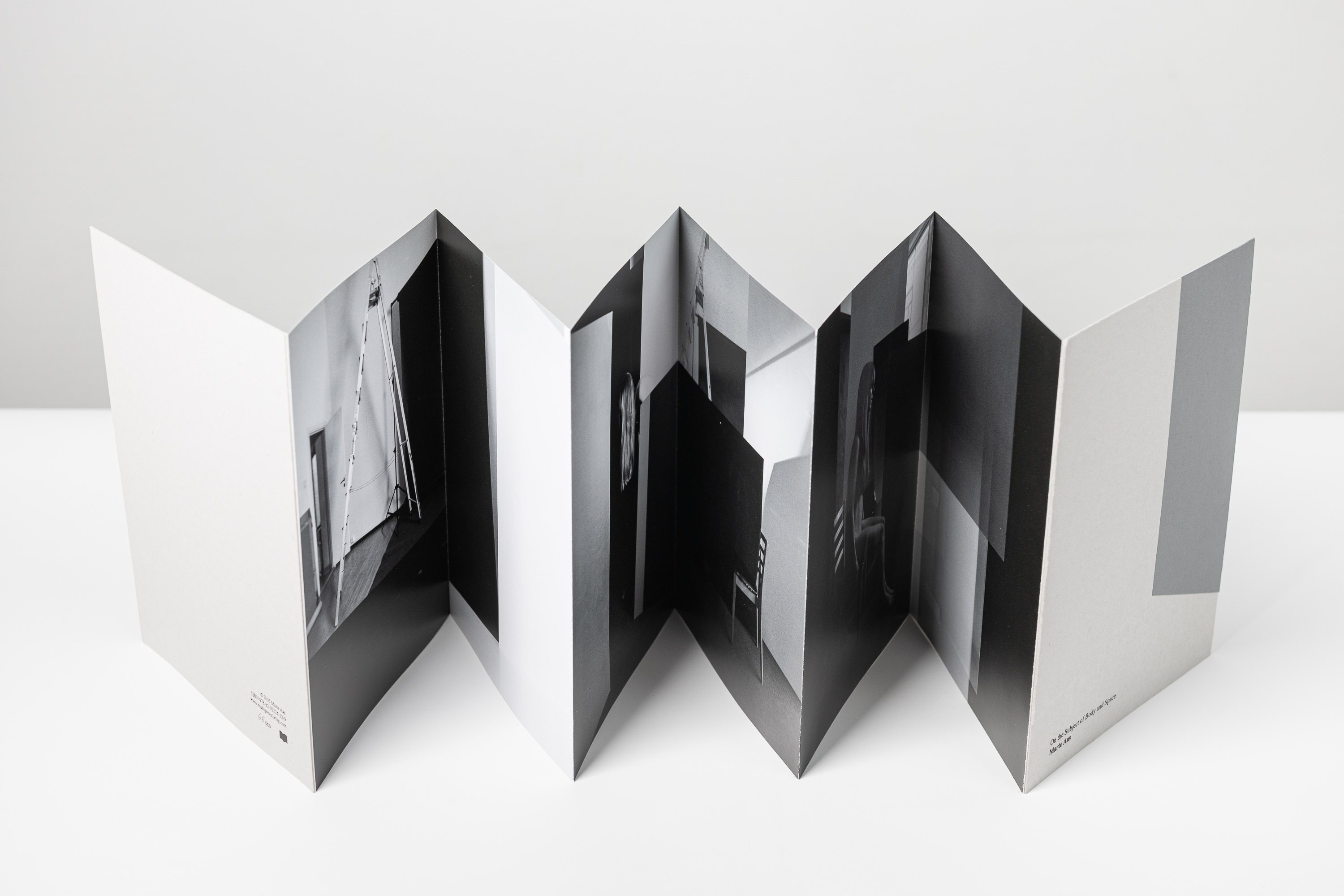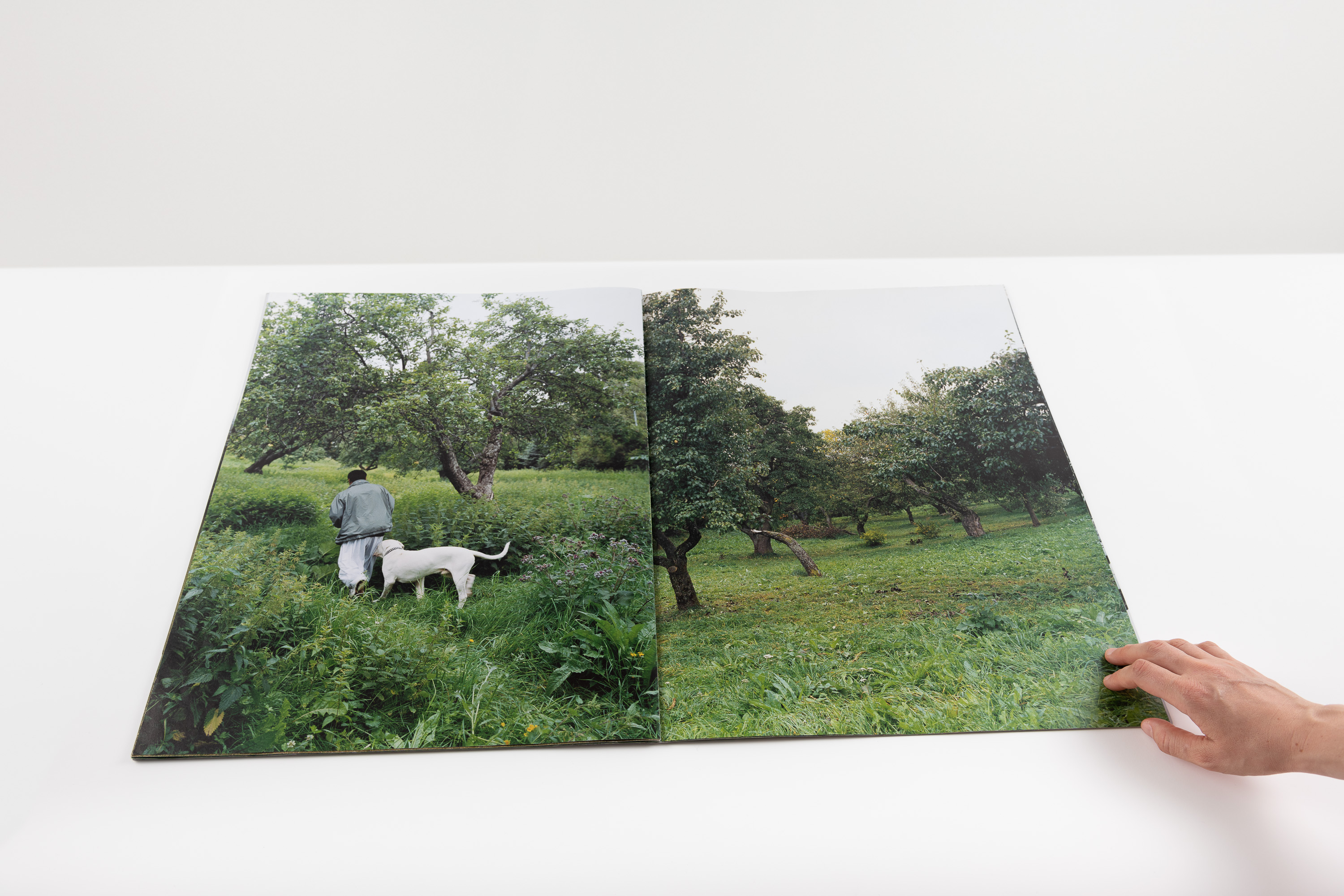
The Extraordinary Everyday
by Liz Wells
A six-pronged starfish stretches across the lines of a carefully ploughed field. On closer inspection the suckers reaching across the plough tracks are formed of circles in the crops, of varying sizes. These are patches where the crops are flattened. Viewed from the air they form a surprisingly geometric pattern. Through filming from the air Marte Aas brings this unexpected symmetry to our attention.
Born in Oslo, 1966, Marte Aas describes herself as an artist working with photography, video, sound and installation.[1] She studied photography at the University of Gothenburg and at the National Fine Art Academy, Oslo. Thematically, she is known for her interest in the mundane, in the ordinariness of the everyday. Writing about the two series Close to Home, 1997, and Common Green, 1999, the art critic, Anne Karin Jortveit, remarked that Aas has been accused of taking boring pictures, in which nothing is happening.[2] That is the point. The pictures are anti-theatrical. They are not staged images, nor are emotions intensified through dramatic use of light. They certainly stand apart from the stereotypical landscapes of fjords and mountains so familiar to tourists from elsewhere. Rather, as a photographer, she carefully researches locations and possible scenarios, then stands back and waits to see what occurs. In this respect, there are echoes of Henri Cartier-Bresson’s interest in the decisive moment when subject-matter and composition come together in a manner that is both informative and aesthetically pleasing. In Aas’ case, the geometry of the image is what first attracts attention; detail emerges as we scan the landscape. As in the title of one of her earlier bodies of work, ‘Mostly sunny with scattered clouds’ (1997), her focus is non-committal. Yet, as we contemplate her series of still photographs or allow ourselves to be drawn into the moving imagery, we wonder at the ordinariness of the everyday.
Colour documentary emerged in the second half of the twentieth century. William Eggleston and Robert Frank have been widely acknowledged as innovators in the use of colour in documentary as a means of cataloguing American people, places and pastimes. British photographer Martin Parr and Swedish photographer Lars Tunbjörk have likewise influenced a younger generation not only in terms of subject-matter and style, but, in both cases, also because of the humour of much of their work. Both adopt a voyeuristic approach in that their subjects are not staged and those in the picture are normally photographed prior to any permission being sought. Aas maintains distance from her subjects; the look is objective and the landscape is depicted topographically. In her work people are often present, engaged in everyday activities, but too far away for individuals to be immediately identified (except, perhaps by those who know the place and the people out there). On encountering one of her full-scale gallery prints we experience the scene as an overview, paying attention to detail only once we have grasped the whole. Although the use of colour delineates particular items, there is no over-emphasis and limited storyline beyond the obvious. For example, in one image a game of ice hockey is going on. That’s it. The image is not about anything more.
There is no hidden agenda, no double take. The authority of the imagery emanates from an orderly and systematic approach, and from stylistic consistency, that together offer a sense of the integrity of the photographer; we believe in the authenticity of the pictures. We are struck by how ordinary they are, yet, through the moment being ‘held’ as an image, it sticks in our memory.
Photographs observe people, places, objects and events. Straight photography stresses presence and occurrence, and can evoke emotion. As such, pictures give information but do not offer explicit judgement. The photographer organises information through selection and editing; style and visual pace imply - but do not impose - responses. Some years ago, reflecting on narrative processes, Peter Wollen metaphorically distinguished between still photography and film in terms of ‘ice’ and ‘fire’, usefully pointing to ‘motion’, ‘light and shadow’, ‘transience’ and ‘flicker’ as key characteristics of movies.[3] He suggested that, by contrast, photographs are ‘motionless’, ‘frozen’, enduring, characterised by ‘the cryogenic power to preserve objects through time without decay’. The metaphor is rich in so far as it encourages us to contrast our responses to film with the experience of contemplating stills. But it is not a simple binary. Distance from subject-matter, length of shot, style of montage, pace, and the context of screening crucially contribute to constructing mood within moving imagery. A moving image is, precisely, an image that moves, and filmic dev ices, in the hands of an artist-photographer, may be used very differently than would be the case, for instance, in television style narrative exposition wherein keeping the audience engaged through rhetorical story-telling is the predominant mode.
Aas’ moving imagery has more in common with still photography than with documentary cinema or television. Whilst the camera is not necessarily in a single fixed position, the pace is contemplative. A recent series, ‘Like a Forest’ (2006) is minimal in that we do not see people, merely small openings between the trees trough which people may have burrowed or the literally titled series ‘Screens and Hedges’ (2008) which pictures rows of trees planted in order to obstruct views from the street into private gardens or yards. Yet another observation of ways in which Norwegians keep themselves to themselves. Her colour film ‘Torshovtoppen’ (2008) peeks through the leaves, offering glimpses of a person, maybe a child, in a garden beyond the foliage. Here the mode is a little more expansive, edging towards narrative, as we reflect on the shapes of individual leaves within patterns of movement in response to the breeze. The camera pans, or pauses, and cuts jump us from one environment to another; it is as if we are driving slowly by but with an unusual degree of engagement with that which we see. Indeed, time is implicated in moving imagery through the duration of shots, and through the overall length of the piece, although ellipsis may allow the total time implied to exceed that of the viewing experience. Gallery installation also suggests a particular relation with the time of the imagery; if the work in on a loop in a gallery walkway we may sample rather than immerse ourselves as we would for an installation in a darkened space with a bench to sit on. Then there is the time of subsequent reflection and reverie, as we re-turn what we have particularly remembered.
Marte Aas’ moving image observation of crop circles as landmarks draws attention to their existence. In filming the movement of people exploring shapes and patterns in the fields, as if in a maze, she also allows us to contemplate human response to environmental phenomena. We have a bird’s eye view. The camera looks down from a plane, whose shadow occasionally enters the frame reminding us of the aerial location of the photographer. Detail is revealed through the moving imagery, but the viewpoint emphasises geometry and movement, rather than forensic examination of the patches of earth that grow differently. The viewing distance echoes that which characterises much of Aas’ earlier work. She is happy to stand back, to observe, to record, to let us arrive at our own conclusions. This viewing distance perhaps also tells us something about Norwegian culture and character, and about attitudes to land and environment. A certain self-sufficiency and desire for commune with the natural characterises Nordic cultures. Given that the population outside of the cities is relatively dispersed, Nordic people are accustomed to degrees of solitude and space for reflection.
Inclusion of time within the image enhances our sense of the inexplicability of the crop circles and also draws attention to the body language of those exploring them. Crop circles occur within fields of standing crops, especially cereals such as wheat, where the stalks have been flattened to the ground, usually in concentric circles. They appear mysteriously. They have been accounted for in many ways, from the mythical to the chemical, from the effects of whirlwinds or fungi to incursions by alien spaceships. Many have been attributed to hoaxers, although with no explanation of why such a hoax might be executed. But, as the briefest of web searches indicates, crop circles are also viewed as a sacred geometry with mathematical references that constitute an ancient form of communication. No-one agrees on the source of this phenomenon although, given the symmetry, one is immediately tempted to assume human intervention. But Aas’ video installation offers an anthology of detail, but does not attempt explanation. Rather, her dispassionate observation allows us to consider both the phenomenon and human response to the maze of circles on the ground, without leaping to theological, geological or sociological conclusions. We are invited to reflect for ourselves on extraordinary aspects of the everyday.

[1] www.marteaas.com (January 2010)
[2] Anne Karin Jortveit (2000) ‘The Objective Voyeur’ in Marte Aas (2000) Fotografier/Photographs 1997-1999. Oslo: Marte Aas
[3] Peter Wollen (1989) ‘Fire and Ice’ in John X Berger and Olivier Richon (1989) Other Than Itself – Writing Photography. Manchester: Cornerhouse Publications

